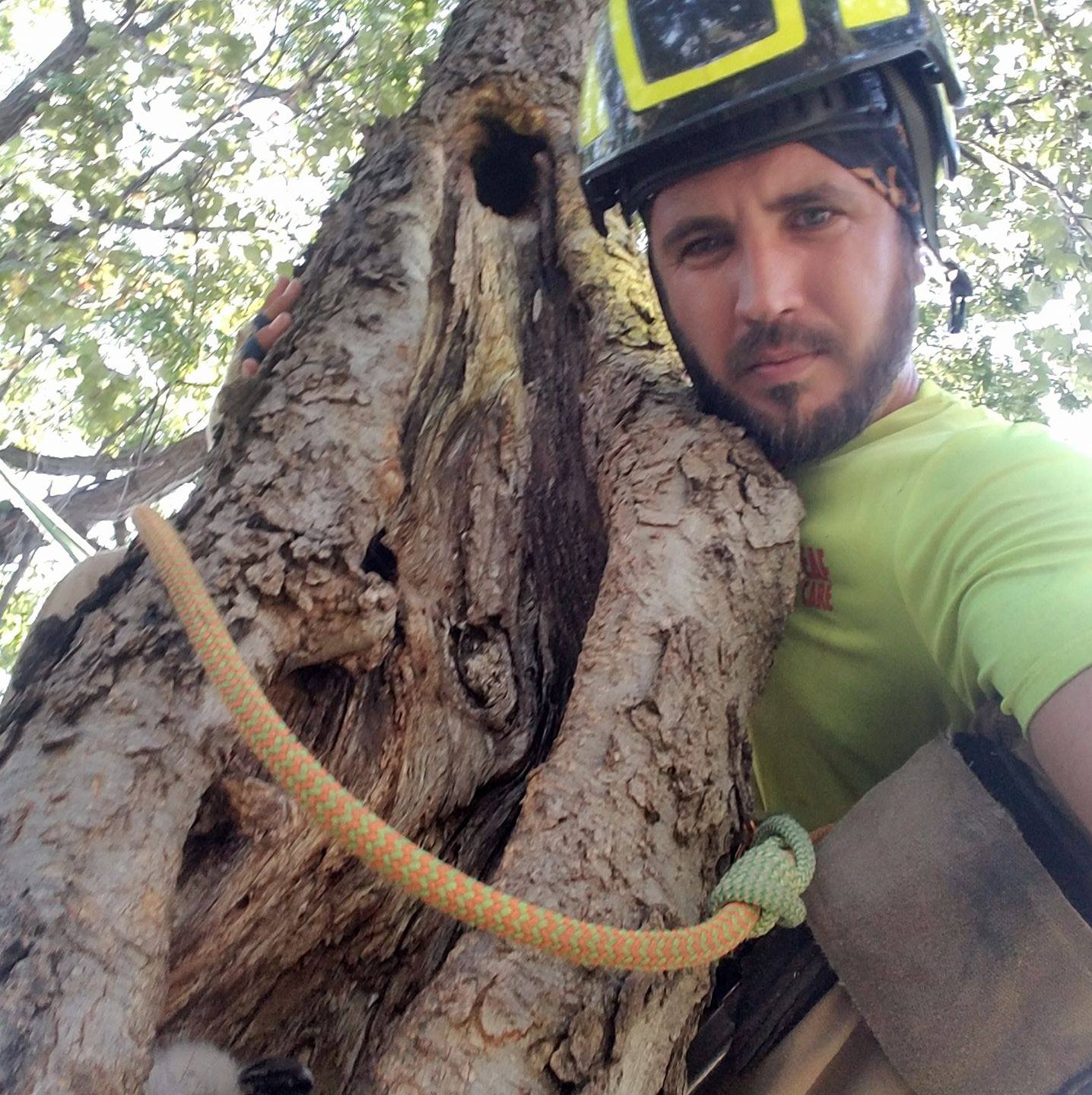In my last blog, I mentioned that tree trimming and pruning are a few of the essential services provided by arborists.
Now I’d like to go into a little more detail about how exactly trimming and pruning contribute to the wellbeing and appearance of your trees, and your yard as a whole.
Remember, trim and prune mean a little bit different things. To trim a tree means to cut back overgrown but healthy branches, whereas pruning involves removing dead, broken, or diseased limbs.
Trimming Keeps Strong Structure
Overgrowth is harmful to a tree. Branch growth varies quite a bit by variables like tree variety, soil, and rainfall, but you can expect the branches on your trees will add at least a few feet each year. That creates excessive weight that a tree might not be able to support. If you trim away some of that growth, you’ll reduce the chance that a branch will break off during a storm, or under its own weight.
You can also trim a tree to ensure that its center of gravity stays over the trunk, so the whole thing won’t topple.
Good structure is just as important for young trees, even if they aren’t carrying a ton of weight yet. They can be “trained” early on in their lives. Sometimes they’ll have a few different branches competing to be the trunk. By trimming them to give it a single definite leader, you’ll allow the tree to grow healthy and strong.
It Removes Dead, Dying or Diseased Branches
You can prevent future problems by pruning branches that have died or are past the point of no return — either because of a disease or another issue like lack of sunlight. They’re at a higher risk to collapse by themselves or in a storm, and you don’t want one to impact your home.
And dead branches put their entire tree at risk. They’re prone to insect infestation and disease that may spread to the trunk, so you shouldn’t hesitate to get them removed.
It’s also advisable to trim branches that are rubbing together, as those will likely become damaged later on.
It Encourages Growth, and Flower and Fruit Production
If you trim dead branches, that signals to a tree that it should invest its energy in growing new ones. Trees that flower or bear fruit can be trimmed to encourage the growth of spurs — the small and stubby branches that have buds.
Typically, fruit trees should be pruned in the winter, but that can vary based on the tree and your specific needs. A certified arborist will know how to get the desired result.
If you are going to trim yourself, you should keep in mind that it’s important to never leave a stub. That could cause decay or a new, weaker branch to grow from the edge of the stub. Instead, make your cut around a ¼ inch from the main branch or trunk.
And Improves the Look of Your Trees and Property
It’s your property, and you want it to look good. Trees will often sprout branches that grow in strange directions and create an unbalanced look. Trim to enhance a tree’s natural shape.
There’s a financial incentive to keep your trees well-groomed and beautiful, too. Trees can increase the value of your home by as much as 20%.
You should also consider the impact that your trees have on the rest of your landscape. Trees with large crowns can prevent other plants or grass from getting enough sunlight or rain, and wayward branches might interfere with their growth physically.
Don’t Try This Stuff Yourself
Contact an ISA certified arborist. If you’re dealing with a large, older tree, it’s dangerous to attempt to trim or prune yourself. You’re also unlikely to get the desired results.
ISA Certified arborists, like our team at Arbor Leaf Tree Care, have the necessary knowledge to keep your trees healthy and aesthetically pleasing.
Mature trees should be trimmed every 3-5 years, and younger trees more often than that. So if it’s been a while since a professional arborist has taken a look at your property, give us a call, and we’ll give you a free estimate.

